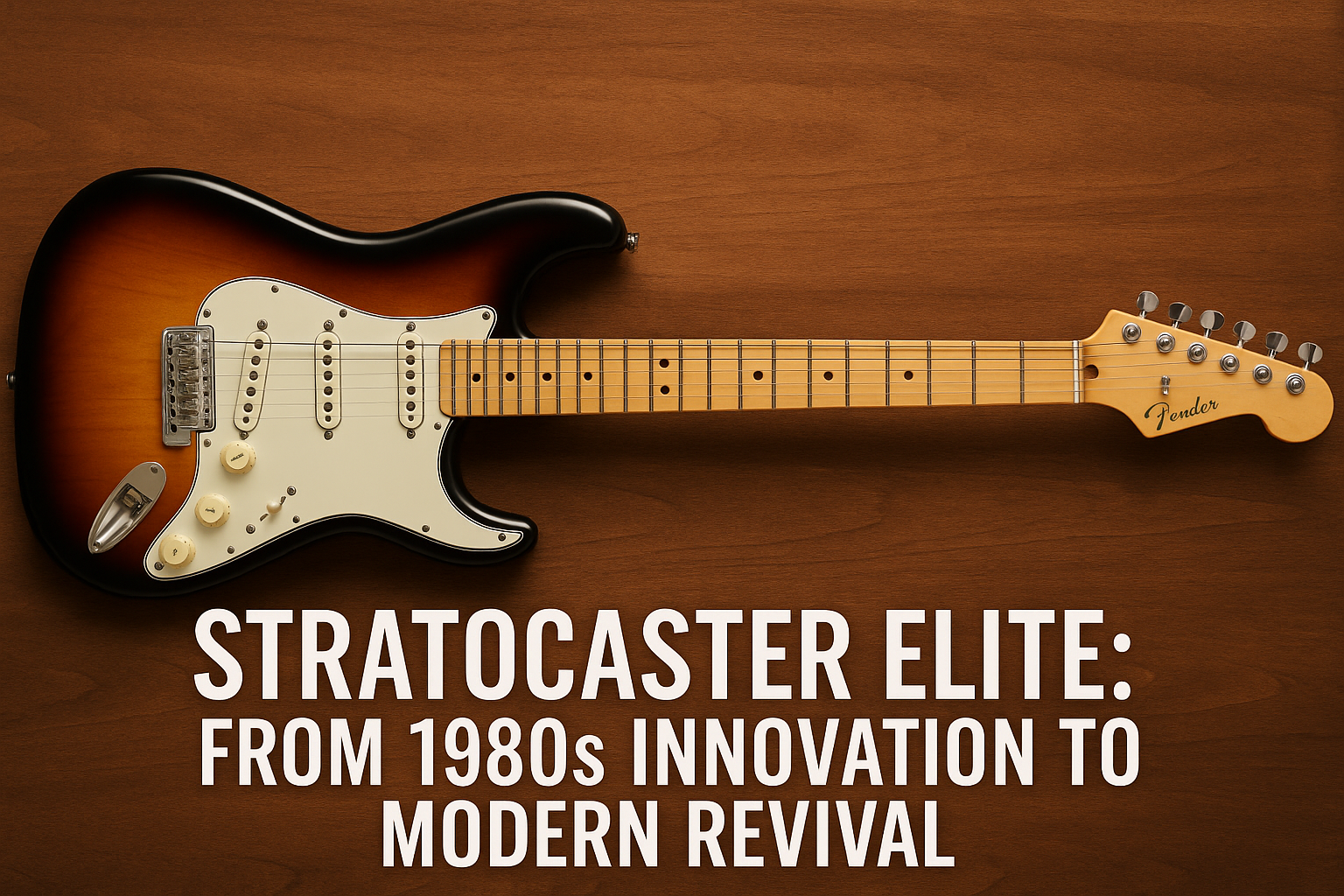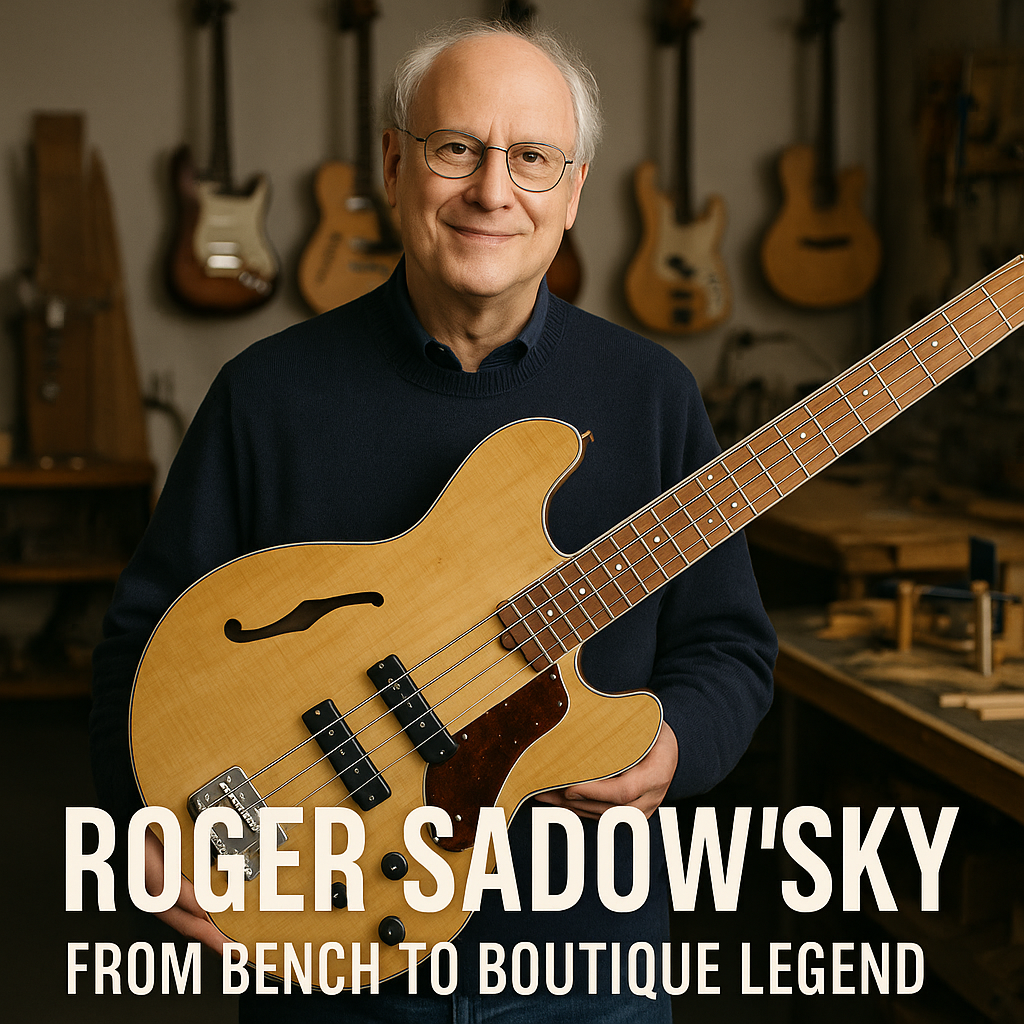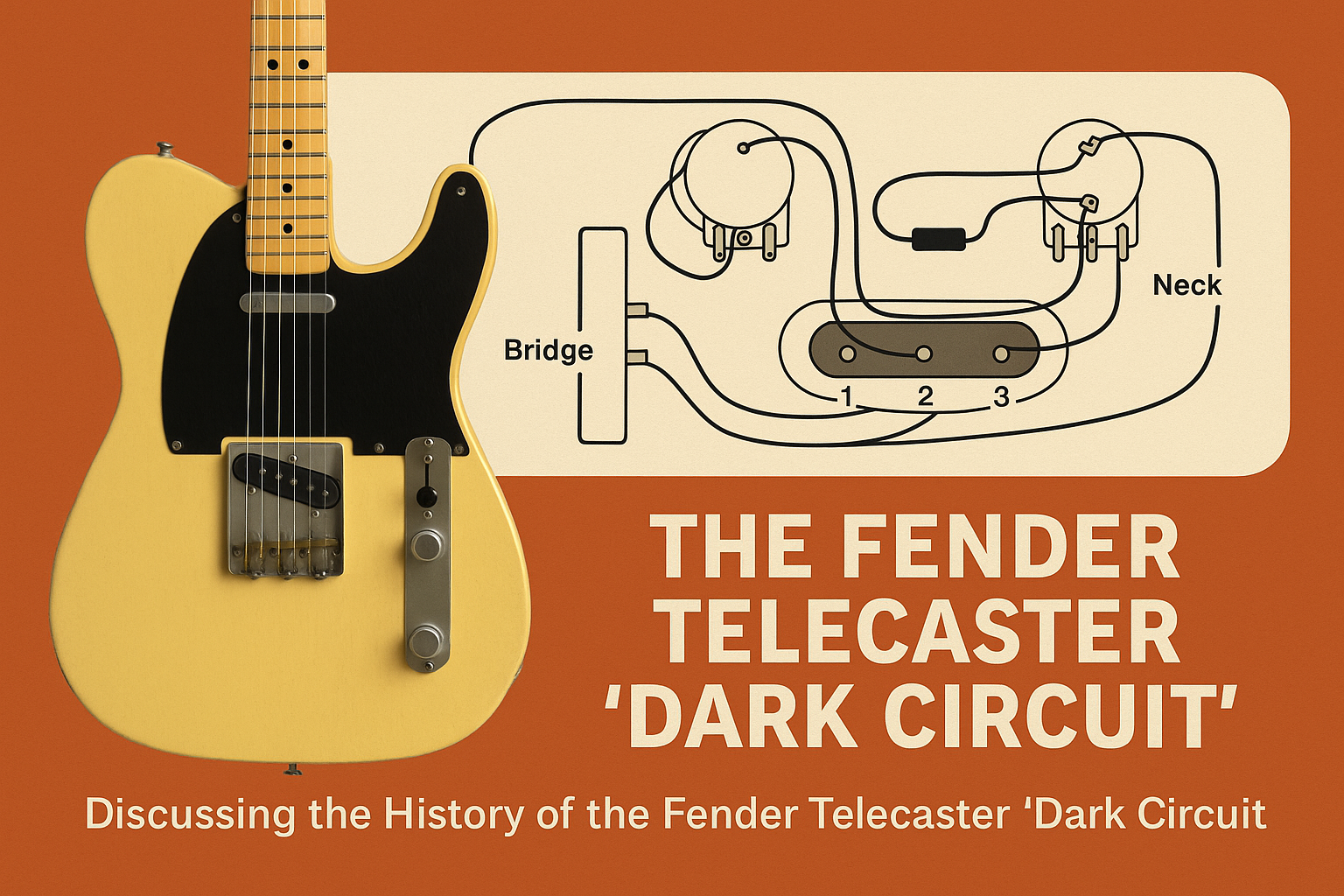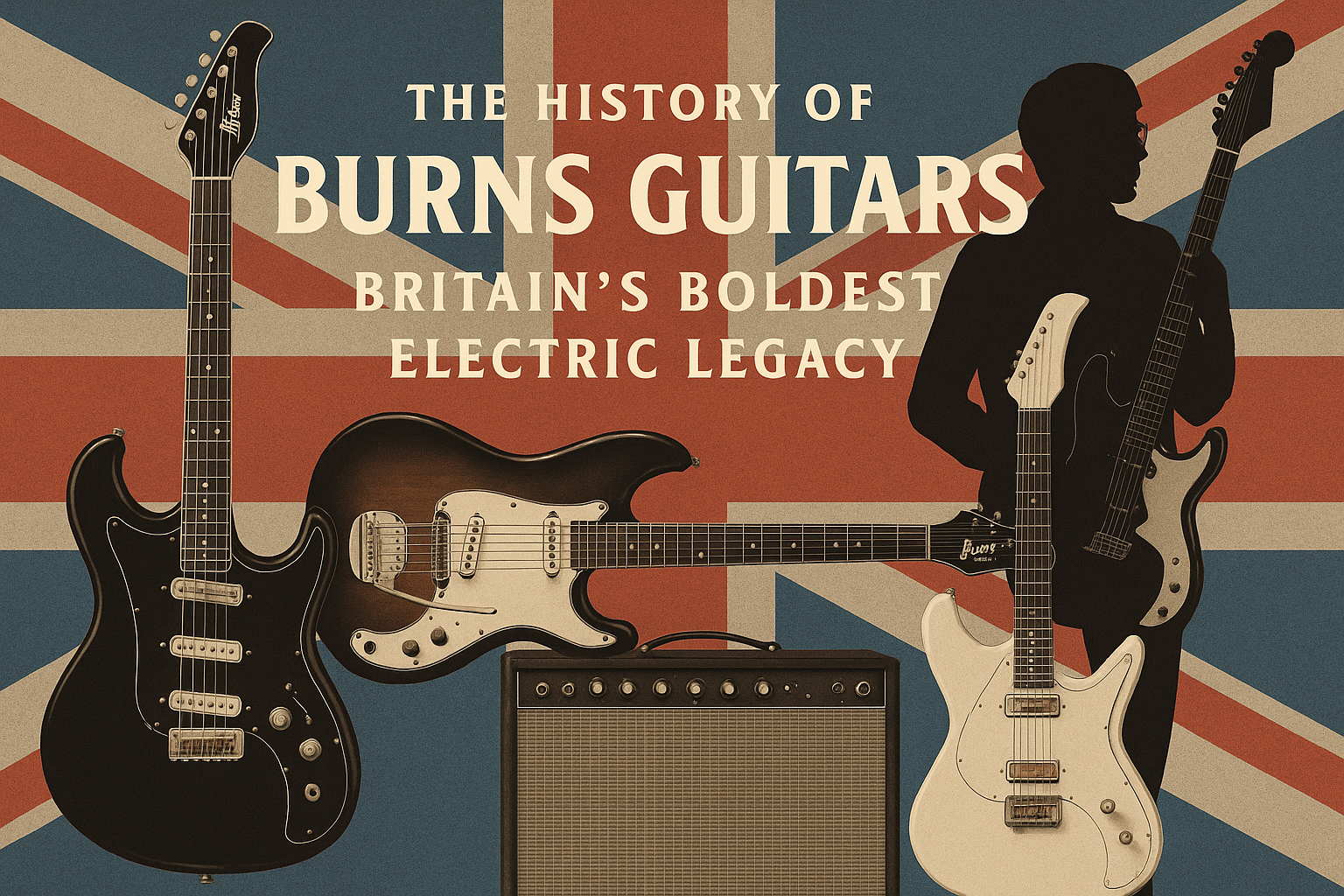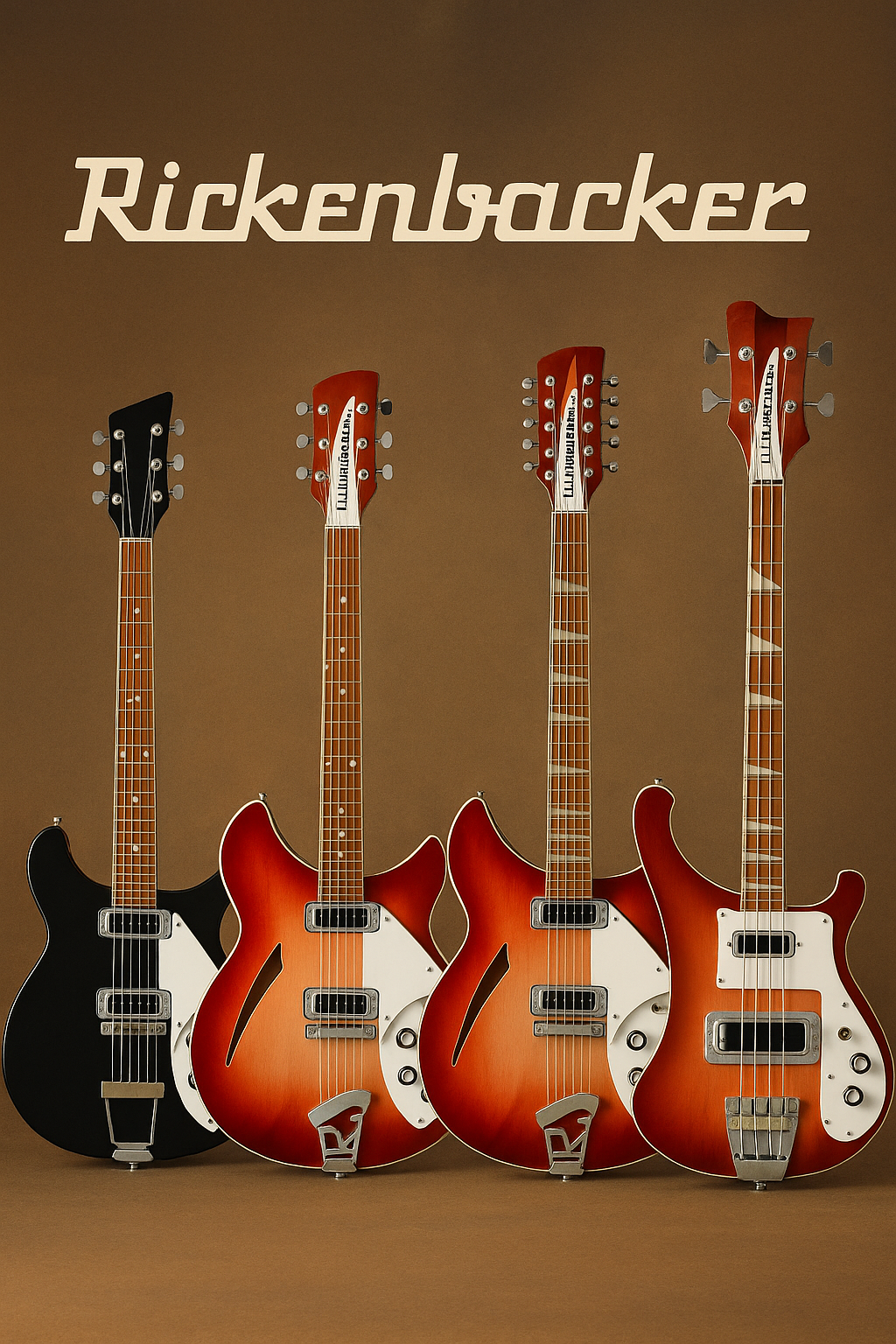Fender’s history is rich with iconic guitar designs that have stood the test of time, but the 1980s Elite Series marked a bold departure from tradition. Introduced in 1983, the original Fender Elite Stratocaster and Telecaster aimed to modernize the brand’s classic formulas with advanced features and electronics—a move that foreshadowed many developments in guitar design, including those found in signature models like the Eric Clapton Stratocaster.
The 1983 Fender Elite: Breaking the Mould
By the early 1980s, Fender was experimenting in response to the evolving tastes of musicians and increasing competition from Japanese manufacturers. The Elite series was one of the most ambitious results. While visually similar to their standard counterparts, the Elite guitars incorporated a suite of modern upgrades:
-
Active Electronics with TBX and MDX Controls: The Elite Strat featured a built-in mid-boost circuit (MDX), which added up to 12dB of boost in the midrange—a stark contrast to the passive tone controls of traditional Strats. This was complemented by the TBX (Treble Bass Expander), offering a broader tonal range.
-
Alnico II “Elite” Pickups: These were newly designed noiseless pickups, different from the standard single coils of the time, and intended to offer higher output with less hum.
-
Freeflyte Tremolo System: This innovative (if polarizing) tremolo bridge was mounted without a rear cavity rout, giving the guitar a sleeker look and slightly different feel from the vintage-style synchronized tremolo.
-
Bi-Flex Truss Rod and Redesigned Neck Heel: These features improved neck adjustability and playability—precursors to modern ergonomic tweaks found on many current Fenders.
-
Schaller Hardware and Snap-In Jack: These quality-of-life enhancements weren’t just cosmetic—they improved reliability and function for the gigging guitarist.
Commercial Reception and Legacy
Despite its innovations, the Elite series wasn’t a commercial hit at the time. Many players found the electronics complex or were turned off by the Freeflyte tremolo. Fender discontinued the line by 1984, shortly before the CBS sale of the company. However, the Elite’s ideas lived on.
One of the most notable successors to the Elite was the Eric Clapton Signature Stratocaster, first released in 1988. Clapton’s model incorporated the same mid-boost circuit and TBX tone control that debuted on the Elite—a clear example of the original Elite series planting seeds for future Fender innovations.
The 2016 American Elite Series: A Modern Revival
Fast forward to 2016, Fender brought back the Elite moniker with the American Elite Series, this time designed as a top-tier line aimed at professionals. While more traditional in appearance than the original ’80s models, the 2016 Elites included.
-
4th Generation Noiseless Pickups: Offering vintage tone with modern clarity and zero hum.
-
S-1 Switching System: For expanded tonal versatility.
-
Compound Neck Profile: A modern “C” to “D” shape with a compound-radius fingerboard for comfortable chording and effortless soloing.
-
Locking Tuners and Refined Hardware: For tuning stability and professional reliability.
These guitars were better received, bridging vintage aesthetics with cutting-edge playability. Though the American Elite line was eventually replaced by the American Ultra series in 2019, many of its features carried over—solidifying its place as a key evolutionary step in Fender’s lineup.
Conclusion
While the original Fender Elite guitars of the 1980s may have been ahead of their time, their legacy is undeniable. From pioneering onboard electronics to influencing iconic signature models like the Eric Clapton Stratocaster, the Elite series helped shape Fender’s modern identity. The 2016 revival proved that innovation and tradition can coexist—and that sometimes, a bold idea just needs a few decades to find its audience.

